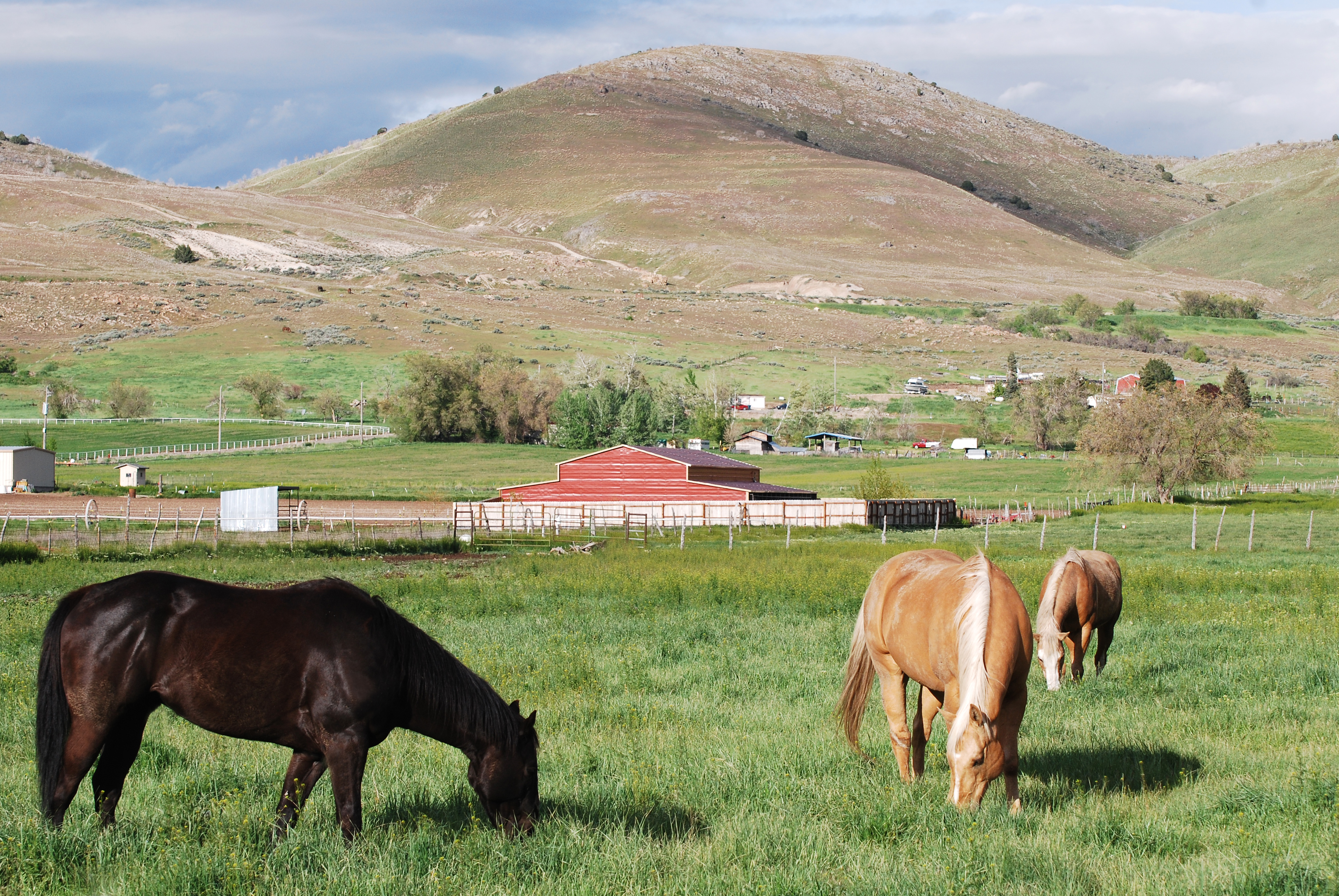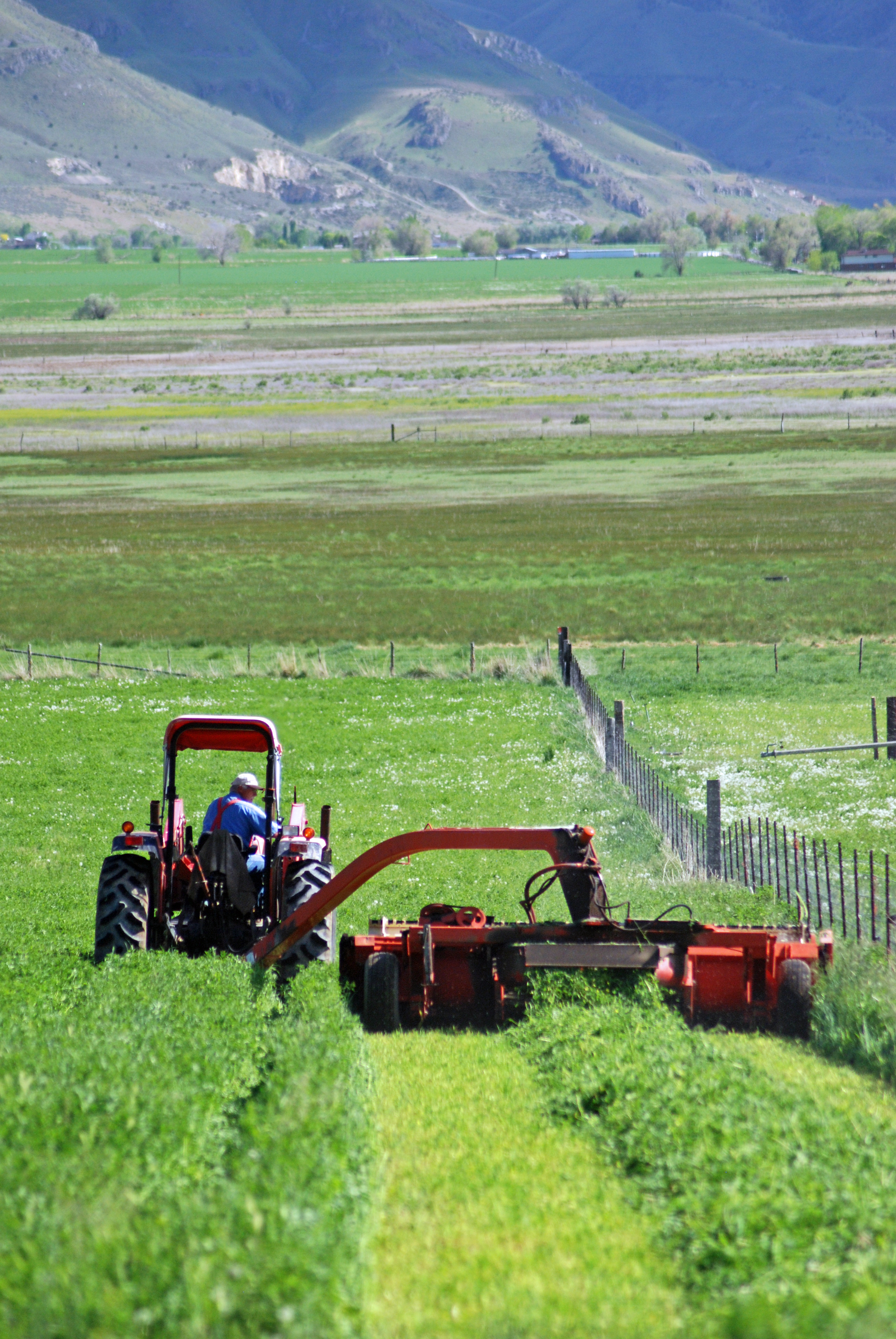
An Official Website of Utah County Government

The Utah Farmland Assessment Act (Also known as FAA or the Greenbelt Act) allows qualifying agricultural property to be assessed and taxed based upon its productive capability instead of the prevailing market value. This unique method of assessment is vital to agriculture operations in close proximity to expanding urban areas, where taxing agricultural property at market value can make farming operations economically prohibitive.
Productive values are established by the Utah State Tax Commission with assistance of a five member Farmland Assessment Advisory Committee and Utah State University. Productive values apply state-wide and are based upon income and expense factors associated with agriculture activities. These factors are expressed in terms of value per acre for specific land classifications.
Land is classified according to its capability of producing crops or forage. Capability is dependent upon soil type, topography, availability of irrigation water, growing season, and other factors. The County Assessor classifies all agricultural land in the county based on Natural Resource Conservation Service Soil Surveys and guidelines provided by the Tax Commission. The general classifications of agricultural land are irrigated, dryland, grazing land, orchard, and meadow. If you disagree with your land classification, you can appeal to your county board of equalization for re-classification.
| Type of Land | 2023 Values | 2024 Values |
| I IRRIGATED | $649 | $707 |
| II IRRIGATED | $560 | $610 |
| III IRRIGATED | $431 | $470 |
| IV IRRIGATED | $345 | $376 |
| I ORCHARD | $343 | $321 |
| II ORCHARD | $343 | $321 |
| III ORCHARD | $343 | $321 |
| IV ORCHARD | $343 | $321 |
| IV MEADWOW | $216 | $235 |
| III DRY | $44 | $48 |
| IV DRY | $13 | $14 |
| I GRAZE | $56 | $61 |
| II GRAZE | $20 | $22 |
| III GRAZE | $12 | $13 |
| IV GRAZE | $5 | $5 |
| NON-PRODUCTIVE | $5 | $5 |

Private farmland can qualify for assessment and taxation under the Farmland Assessment Act if the land :
To qualify for the Farmland Assessment Act, land must produce in excess of 50 percent of the average agricultural production per acre for the given type of land and the given county or area. To determine production levels, the County Assessor will use the following sources: the most recent publication of Utah Agricultural Statistics; crop and enterprise budgets published by Utah State University; or standards established by the Tax Commission.
The acreage requirements may be waived if the owner can show that 80 percent or more of the owner's, purchaser's, or lessee's income is derived from agricultural products produced on the land.
The production requirement may be waived if the owner shows that the property has been in agricultural use for the previous two years and that failure to meet the production requirement in a particular year was due to no fault or act of the owner, purchaser, or lessee.
The production requirement will be waived if the land is involved in a bona-fide range improvement program, crop rotation program, or other similarly accepted agricultural practice which does not give reasonable opportunity to satisfy the production level requirement.
New applications for assessment and taxation under the Utah Farmland Assessment Act must be submitted by May 1st of the tax year in which assessment is requested. Applications required because of ownership change, legal description change, assessor request, etc., can be filed at any time.
Leased land can qualify for assessment and taxation under the FAA if the acreage requirement is met and the production requirement is satisfied. A purchaser or lessee may qualify the land by submitting, along with the application from the owner, documents certifying that the production levels have been satisfied.
When land becomes ineligible for farmland assessment (such as when it is developed or goes into non-use), the owner becomes subject to what is known as a rollback tax. The rollback tax is the difference between the taxes paid while on greenbelt and the taxes which would have been paid had the property been assessed at market value. In determining the amount of rollback tax due, a maximum of five years preceding the change in use will be used. The tax rate for each of the years in question will be applied to determine the rollback tax amount.

Visit Us
100 East Center Street
Provo, Utah 84606
Phone: (801) 851-8000
Email: utahcnty@utahcounty.gov
Office:
100 East Center Street, Suite 2300
Provo, Utah 84606
Phone Number : (801) 851-8295